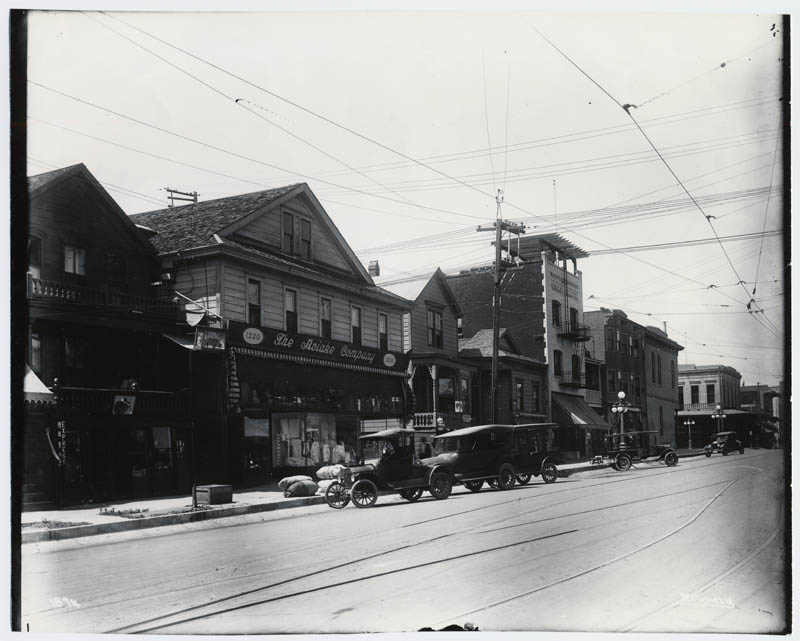Browse Exhibits (4 total)
Education in Japantowns


Schools played a major role in the development of the Japanese-American community as they helped to bridge the gap between the two cultures. Many Issei attended Americanization classes for adults to better adapt to American society. With the Nissei many of them attended Japanese Language Schools as well as their regular classes and learned about the language, history and culture of Japan. While segregation was legal in California until 1947 it was generally not enforced and so Japanese students in the larger cities could attend the local public schools.
Japantown Exhibits


Sacramento Japantown, 1935
Japanese communities throughout Northern California aided in the development of many towns and cities through their contributions in agriculture and labor. The internment of Japanese Americans during World War II and redevelopment projects in many cities in the 1950s and 1960s devastated many Japantowns throughout the state. Today only Los Angeles, San Francisco, and San Jose have their Japantowns intact.
This exhibit begins by looking at the history of San Francisco’s Japantown and its role as the largest Japanese-American community in the United States. From there it goes over the San Jose Japantown and how it is the only Japantown left untouched by urban redevelopment. The next part of the exhibit highlights Sacramento’s Japantown as one of the largest in the state until redevelopment plans in the 1950/1960's demolished the Japantown and broke up the Japanese community. The ending section of the exhibit takes a look at the small Japantown of Isleton, and how it was formed with the help of Japanese and Chinese laborers but was eventually abandoned by the Japanese community after War World II and the internment yet the original buildings have remained relatively intact since their construction in 1926.
Nichi Bei Bussan

Nichi Bei Bussan was a significant part of both San Francisco and San Jose's Japantowns with a history dating back over a hundred years. The stores have been run by three generations of the Tatsuno family ever since the orignal store opened in 1902. While the San Francisco store closed down in 1997 the San Jose location still remains and is a major focul point of the Japanese community in San Jose.

Sports in Japantowns


San Jose Asahi Baseball Team, 1925

Sports in Japantowns were a major pastime for many Japanese Americans. Two of the most popular sports were baseball and sumo wrestling and many Japantowns had their own local tournaments and teams that would compete against other Japantowns throughout California. Baseball proved to be a good way for Japanese Americans to interact with Caucasians and worked to break down cultural barriers between the different groups. The practice of sumo wrestling acted as a way for Japanese Americans to connect with their roots in Japanese culture and tradition. With the interment of Japanese Americans during World War II and the destruction of many Japantowns from urban development projects of the 1950s and 60s led to a decline in both sumo wresting and baseball in Japanese communities.